- Track your orders
- Save your details for express checkout
- Join our loyalty points scheme and receive points and future discounts with every purchase
 |
|
Preserving our natural landscapes and biodiversity is not just a responsibility but a commitment to future generations. In the heart of New Zealand's South Island lies Lake Hayes, a picturesque gem surrounded by breathtaking mountains and lush greenery. However, like many ecosystems around the world, Lake Hayes faces the threats of habitat degradation and biodiversity loss. Enter the Mana Tahuna & Whakatipu Reforestation Trust, a community-driven initiative dedicated to restoring the native biodiversity of Lake Hayes and its surrounding areas. At the forefront of their efforts is the innovative use of Fiberguards from Advance Landscape Systems—a novel approach that combines technology with traditional conservation methods. The Challenge: Over the years, Lake Hayes has witnessed the encroachment of invasive species, erosion, and the decline of native vegetation. These factors have not only disrupted the ecological balance but also jeopardized the habitat of numerous indigenous species, including birds, insects, and plants. Recognising the urgency of the situation, the Mana Tahuna & Whakatipu Reforestation Trust embarked on a mission to reverse these trends and rejuvenate the ecosystem. The Solution: In collaboration with environmental experts and local communities, the Trust devised a comprehensive restoration plan centered around native reforestation. Central to this plan was the use of Fiberguards—a cutting-edge tool designed to protect seedlings and saplings during their critical growth stages. Fiberguards, developed by Advance Landscape Systems, are innovative tree guards made from recycled materials. These guards provide a physical barrier against browsing animals and wind damage while allowing sunlight, air, and moisture to penetrate—essential elements for healthy plant growth. Unlike traditional guards, Fiberguards are lightweight, durable, and eco-friendly, making them an ideal choice for large-scale reforestation projects. The Implementation: Armed with Fiberguards and native plant species, volunteers and conservationists from the Trust set out to restore the degraded areas surrounding Lake Hayes. With meticulous planning and dedication, they planted thousands of native trees and shrubs, carefully installing Fiberguards around each sapling to ensure their survival. The use of Fiberguards proved instrumental in protecting the vulnerable seedlings from grazing animals, adverse weather conditions, and competing vegetation. As a result, the survival rate of the newly planted native species soared, providing a glimmer of hope for the restoration of Lake Hayes' biodiversity.
The Impact: Years have passed since the inception of the reforestation project, and the results are nothing short of remarkable. Where once stood barren patches of land, there now thrives a flourishing ecosystem teeming with life. Native trees such as kanuka, totara, and kahikatea have taken root, providing habitat and sustenance for a diverse array of wildlife. Birdsong echoes through the forest, and native insects buzz amidst the blossoming flowers—a testament to the success of the Trust's conservation efforts. Not only has the reforestation project enhanced the ecological resilience of the area, but it has also rekindled a sense of pride and stewardship among the local community. Looking Ahead: The journey of the Mana Tahuna & Whakatipu Reforestation Trust serves as a shining example of what can be achieved when communities come together to protect and restore their natural heritage. As they continue their work around Lake Hayes, the Trust remains committed to the principles of sustainability, innovation, and collaboration.
In the face of mounting environmental challenges, initiatives like the Mana Tahuna & Whakatipu Reforestation Trust offer hope and inspiration. Through their dedication and determination, they remind us that with passion and perseverance, we can all play a part in safeguarding the planet for generations to come. |
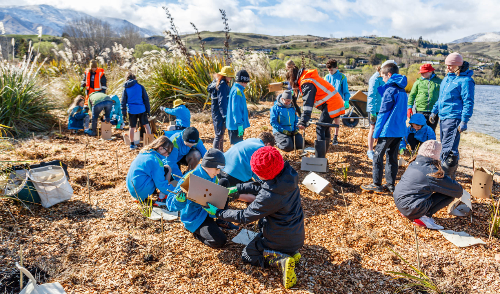 |
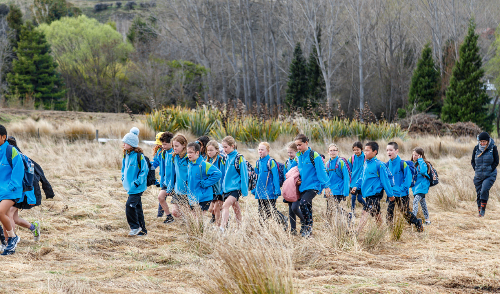 |
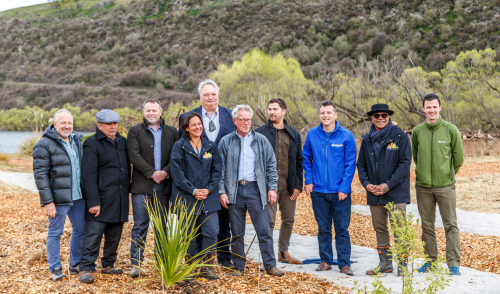 |
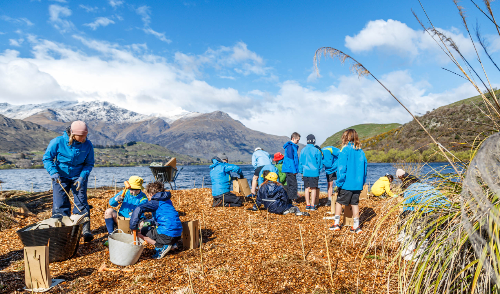 |
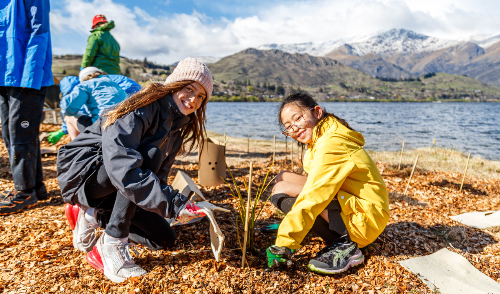 |